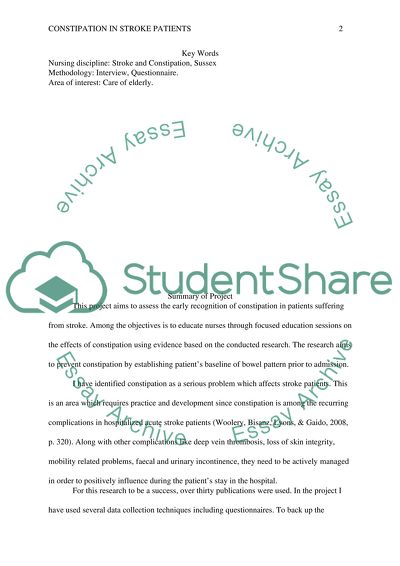Cite this document
(“Constipation in Stroke patients Research Proposal”, n.d.)
Retrieved from https://studentshare.org/nursing/1396149-constipation-in-stroke-patients
Retrieved from https://studentshare.org/nursing/1396149-constipation-in-stroke-patients
(Constipation in Stroke Patients Research Proposal)
https://studentshare.org/nursing/1396149-constipation-in-stroke-patients.
https://studentshare.org/nursing/1396149-constipation-in-stroke-patients.
“Constipation in Stroke Patients Research Proposal”, n.d. https://studentshare.org/nursing/1396149-constipation-in-stroke-patients.


